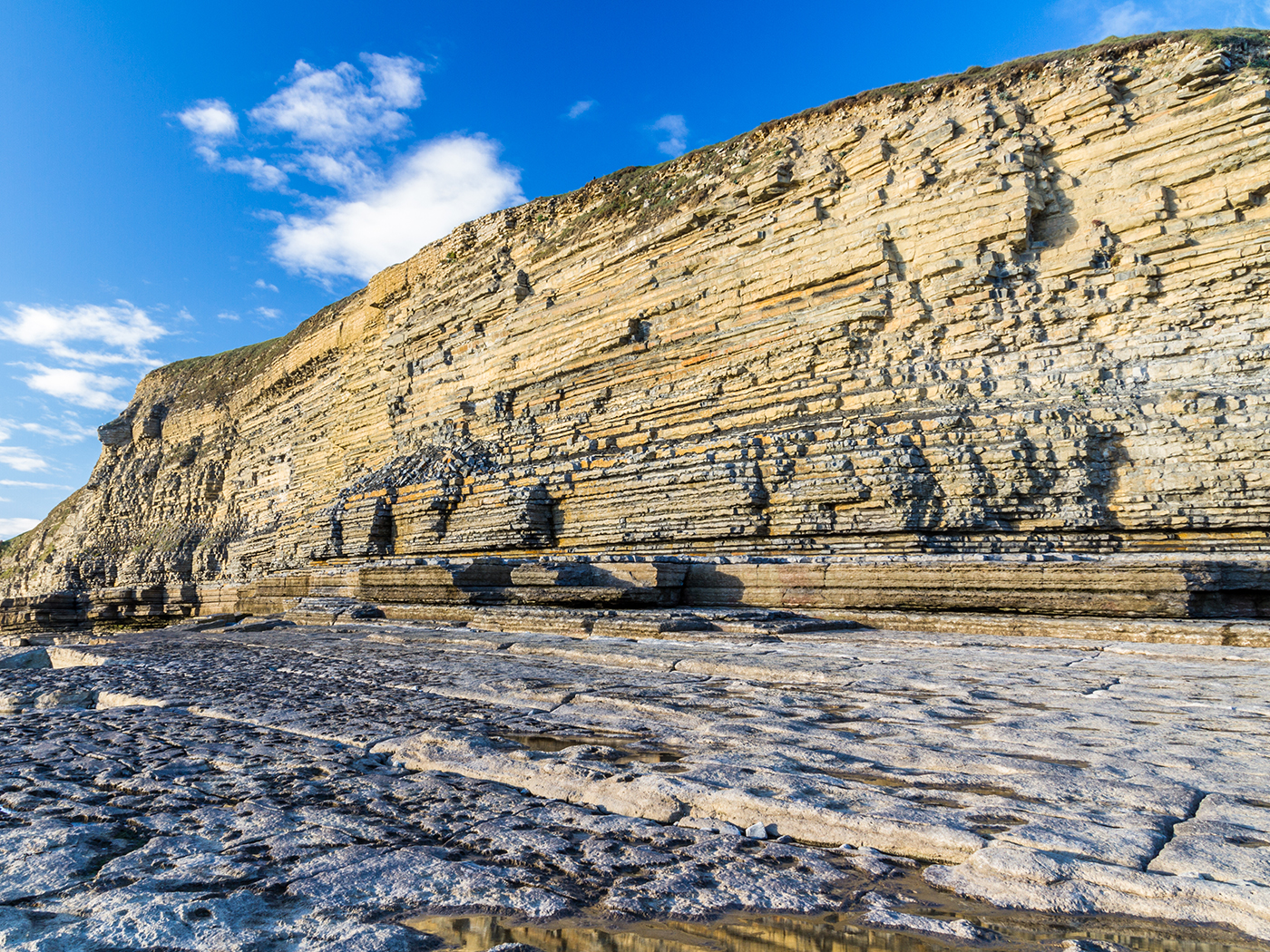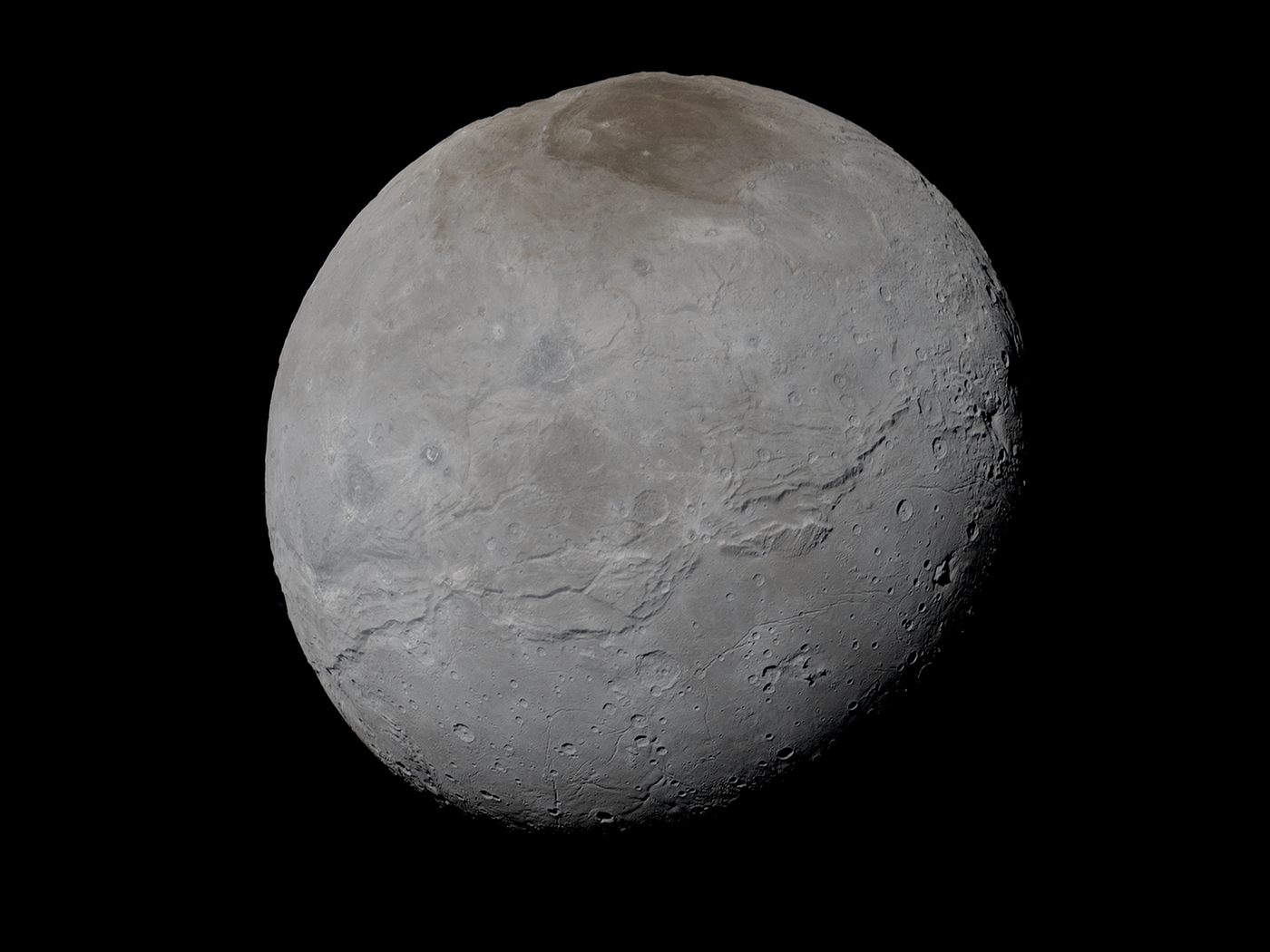How far below Earth's surface can we find water? There is no way to drill hundreds of miles down, so researchers must wait for evidence to surface from the depths. An international science team recently reported in Nature their find of a unique Brazilian diamond inclusion that indicates plenty of water at great depth.1 How does this compare to biblical descriptions of Earth's structure?
Locked inside the Brazilian diamond sits a tiny, green mineral called ringwoodite that was formed near the mantle's transition zone—about 450 miles below Earth's surface.1 The Nature study authors, led by University of Alberta geochemist Graham Pearson, have matched this mineral with one created in the lab under pressures required for its formation.
Pearson and colleagues used several techniques to identify the amount of hydration within the ringwoodite's mineral makeup.1 The level of hydration in a mineral gives an idea of how much water was present when it formed.
Sure enough, their ringwoodite contained plenty of water molecules.
If enough water existed to make a hydrated form of ringwoodite far beneath Brazil, how much water might be found in similar minerals deep inside the mantle? Pearson told the University of Alberta news that the transition zone, which separates the upper from the lower mantle, "might have as much water as all the world's oceans put together."2
The Nature study suggested that subduction (when seafloor rock sinks deep into the mantle) dragged water down to the transition zone. Creation studies link late Flood-year events with very fast crustal plate subduction, but it is not likely that this subduction brought water all the way to the transition zone—for at least two reasons.3
First, that's a long way down. What force could push that much water deep through the upper mantle's thick, dry rock minerals?
Second, this ringwoodite mineral suggests that the transition zone is wetter than the upper mantle. If water came from the surface, why wouldn't the upper mantle's minerals—hit by the descending waters first—be more hydrated than ones located deeper in the transition zone?
These same difficulties diminish the likelihood of ancient transition zone water having risen all the way up through the crust when the Flood began and "all the fountains of the great deep were broken up" (Genesis 7:11). It's a long way through a lot of rock. However, the subterranean Flood waters could have come from ancient reservoirs in the upper mantle, above the transition zone. After all, this discovery shows that mantle material can store vast amounts of water.
Even though Earth's catastrophic past is difficult to reconstruct, this ringwoodite discovery holds some important hints. Perhaps minerals from the upper mantle once held more water before the Flood, and that water contributed to the fountains of the great deep, accounting for the upper mantle's relative dryness today.
Meanwhile, evolutionary origins have the burden of explaining where Earth's ocean water came from since the planet was supposedly cooling from the collision of space rocks over millions of years.4 Many evolutionists believe that the oceans formed when those molten materials degassed—released water from within their minerals—over a span of 500 million years.
But after all that time, wouldn't the molten planet steam itself dry? Now, naturalistic stories also face explaining a second ocean—the mantle's deep water. Will secular researchers have trouble modeling the ways that blistering-hot, ancient Earth rocks could have provided two oceans' volumes of water?
In contrast, Scripture indicates that God created Earth from water, not molten rock. It also teaches that scoffers will intentionally ignore this aspect of creation, saying, "For this they willfully forget: that by the word of God the heavens were of old, and the earth standing out of water and in the water."4,5,6 The discovery of water deep below the surface therefore comes as no surprise to students of the Bible.
References
- Pearson, D. G. et al. 2014. Hydrous mantle transition zone indicated by ringwoodite included within diamond. Nature. 507 (7491): 221-224.
- Alary, B. Rare mineral points to vast 'oceans' beneath the Earth. University of Alberta news. Posted on ualberta.ca March 12, 2014, accessed March 18, 2014.
- Baumgardner, J. 2003. Catastrophic Plate Tectonics: The Physics Behind the Genesis Flood. In Proceedings of the Fifth International Conference on Creationism. R. L. Ivey, Jr., ed. Pittsburgh, PA: Creation Science Fellowship, Inc., 113-126.
- Plummer, C. C., D. McGeary, and D. H. Carlson. 2005. Physical Geology. Tenth edition. Boston: McGraw-Hill, 444.
- 2 Peter 3:5.
- Illustrating willful ignorance of Earth's divine creation out of water, the Nature study authors wrote, "The ultimate origin of water in the Earth's hydrosphere is in the deep Earth—the mantle," as confidently as if they were there to observe it. See reference 1.
Image credit: Copyright © 2014 Richard Siemens. Adapted for use in accordance with federal copyright (fair use doctrine) law. Usage by ICR does not imply endorsement of copyright holders.
* Mr. Thomas is Science Writer at the Institute for Creation Research.
Article posted on April 4, 2014.













